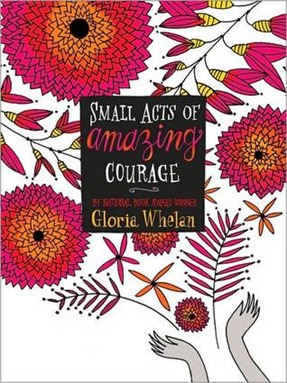Running with the Horses by Alison Lester
Follow the harrowing rescue of the Lipizzaner horses during World War II in this picture book. The book is nonfiction woven with fiction, seen through the eyes of a fictional character, Nina, the daughter of the stablemaster at the famous Spanish Riding School in Vienna. As the war came closer to Vienna, Nina’s school was closed and people were fleeing the city. To save the last four stallions, Nina would have to ride over the Alps with her father. But she could not leave her favorite old cab horse, Zelda, behind in the deserted city. So Nina rode Zelda, following her father and the horses, not knowing the dangers that she and Zelda would face together as they crossed the Alps to safety.
Lester has created a picture book that successfully marries fiction with history, giving young readers a glimpse of the dangers of the War as well as the bravery that it created. Nina is a ten-year-old whose care for her horse and courage during the adventure will inspire. The book does have more text than many picture books, making it more appropriate for a slightly older audience, one which is more likely to understand the historical aspect of the book better as well.
The illustrations are a very attractive mix of photographs and pencil drawings. The characters are shown in black and white throughout, contrasted with the colored backgrounds. This creates a unique look that has the people in clear relief from their surroundings.
A look at a moment in history that has the appeal of horses and a young heroine as well. Appropriate for ages 6-9.
Reviewed from copy received from NorthSouth.
Also reviewed by:










